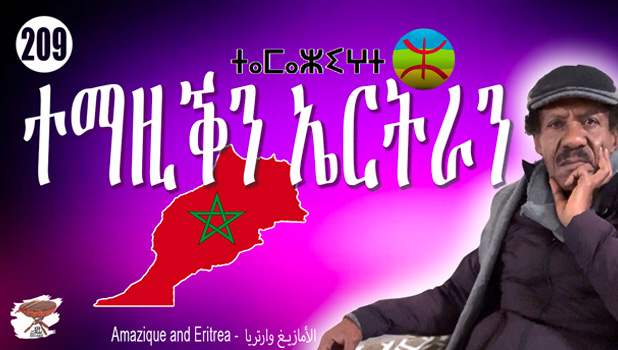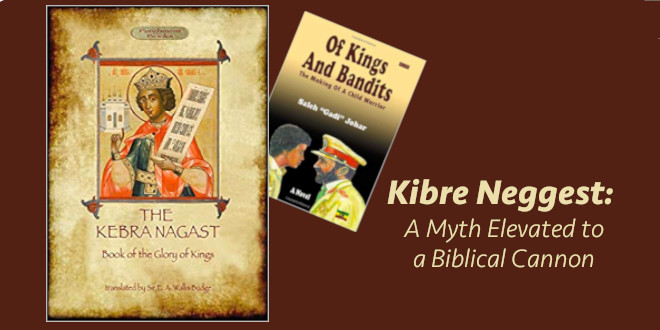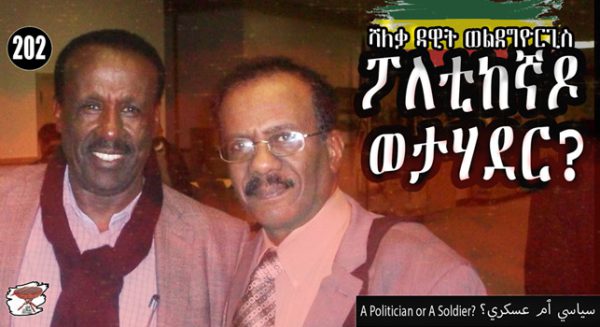Temazight and Eritrea
North Africa needs to be invaded by Eritrean scholars, it’s more worthy than the unexplainable obsession with Pushkin! So far, I haven’t seen any study that makes him relevant to Eritrea—culturally or otherwise. I believe no one knows his ancestral relation with Eritrea; I suspect it’s an invention by a Russian or Turkish scholar that Eritreans swallowed without chewing.
I am sure you heard songs from Tamazight that has beats similar to Eritrean songs… Yes, that is a rich field of study for historians and anthropologists and the like, thus, it requires serious studies. But it’s not only the songs; there are many aspects of West and North African culture. I was fascinated by the striking general feel and similarity with that of Eritrea when I visited Morocco several times.
The ShelouH of Morocco
In high school Mr. Gurmit Singh, the geography teacher taught us about the Atlas Mountains. That little knowledge stayed in my mind until I visited Morocco–Marrakesh (and the Atlas Mountains), and Agadir.
On my fist morning in Marrakesh, I walked out to the street from the posh Mamounia Hotel and saw the snow-capped mountains. They told me it was the Atlas. I decided to visit it in time. In my second visit to Morocco, I stayed for a few days in Casablanca and then took ma bus to Agadir. I liked the beautiful, whitewashed city of Agadir and its marvelous beach. Strolling in the streets, I saw women wrapped in the identical veils to the Eritrean lewyet veils, and adored by bulky silver ornaments that we know, like Ambar and other silver ornaments of our grandmothers. That is the land of the people known as ShelouH. Their skin tone and physical features reminded me of the surroundings of Keren and Agordat. I also found the beat and rhythm of their music strikingly similar to what I knew in Eritrea.
A guide advised me to visit the old town of Agadir, which was built on a plateau, identical to Eritrean village of Adi-Tkhlay in Hamssen. Sadly, in the early 1960s, Agadir was destroyed by an earthquake, and it turned into rubble. When I saw it, it was just a tourist destination with nothing much to see but the remains of a town that was heaps of rubble.
Strikingly, I found walled enclaves, mezar, named after the Sufi patron Sheikh Abdulkadir AlJelani who is a famous patron in Eritrea. I grew up seeing women brew coffee and popping corn on Wednesdays, Sheikh Abdulkadir’s common Memorial Day, just like Christians commemorate days of the week in honor of patron saints—I have a lady I love who lights a candle on Santa Antonio day and prays form me.
A few years after the earthquake, the UN and other donors funded the reconstruction of Agadir on a spot a few kilometers away on the seaside. Agadir’s buildings are mostly pained in white, just like my hometown Keren which is nicknamed Keren TsaEda (White Keren). Keren’s streets were covered in white sand and the town ordinance dictated that all buildings must be whitewashed, no offending disharmonious colors were allowed. But the environmental color of Marrakesh is terracotta, making the buildings blend with the environment—I have seen villages, particularly in the Akele Guzai region pained in terracotta, the shade of the earth in the region.
Modern Agadir boasts of impressive line of hotels, recreation and shopping centers that manufacture and sell traditional and modern leather products. But why is the place similar to the Eritrean lowlands?
The answer takes us back to the days of King Mensa Mussa of Mali, where there are invaluable old Muslim heritage books. And Mali boasts of an impressive library build with mud bricks centuries ago.
The Haj traffic started from Western and Northwestern Africa to the Red Sea and went further to Mecca for pilgrimage. The journey was on foot and camels. The journey took a year each way; it was so tough meant only for the devoted and the trial passed through present Eritrea. Some pilgrims were stranded of the way and never returned home, others chose to stay on the road, trading or farming and established themselves where they stopped and chose to establish a new home.
King Mansa Musa’s Mali was known for its abundant wealth and gold. It’s said that when the king made a pilgrimage through Egypt, accompanied by hundreds of retinues and pilgrims, he spent so much gold on the way that he left behind a serious inflation. It’s also said that one of his successors made a pilgrimage through the Red Sea, possibly from the old port of Badh’e (modern port of Massawa).
The Yemeni Connection
In ancient times, Hannibal of Carthage (Tunisia) accompanied by elephants, followed a semi-circle route from North Africa and descended to Rome and attacked it in several battles. Hannibal is from Tamazight but in Eritrea it’s a common fog’s name. During the conquest of North Africa, a big chunk of the Muslim forces that occupied North Africa were Yemenis and they certainly left their marks in the culture of the region. Also, in ancient times, the Yemeni influence in the Horn of Africa is very visible, particularly during the Axumite era and expansion of the Beja kingdom. After the Maarib dam in Yemen was destroyed, Sabeans of ancient Yemen left the area and spread to places like Mesopotamia, and the rest of the Levant, and further to Egypt and to Morocco. It’s believed that the Yemeni influence in Tamazight and Eritrea is of the same nature.
Related words
There are also similarities between the Darija, the language spoken in Morocco, and Eritrean languages. For instance:
Hmaaq – means bad in the Eritrean Tigrinya and Dareja
Zerba Speech in Tigrinya and Fast in Darija
Mn smeteu – means what’s his name in both Tigrayit and Darija–men Smu in Tigrigna.
Kra (in Darija) Kray (in Tigrinya)
________
NB:The above is a rough transcription of Negarit 209 which appears on Negarit Youtube channel. The topic was requested by my audience. Please bear in mind it’s not an exhaustive or conclusive study, but initial theory based on my knowledge, reading, and observation. The aim is to whet the appetite and encourage the curious, and serious scholars, to conduct more research.





Awate Forum